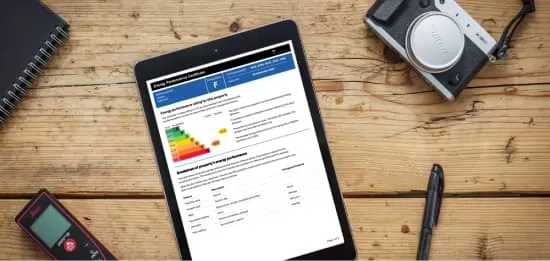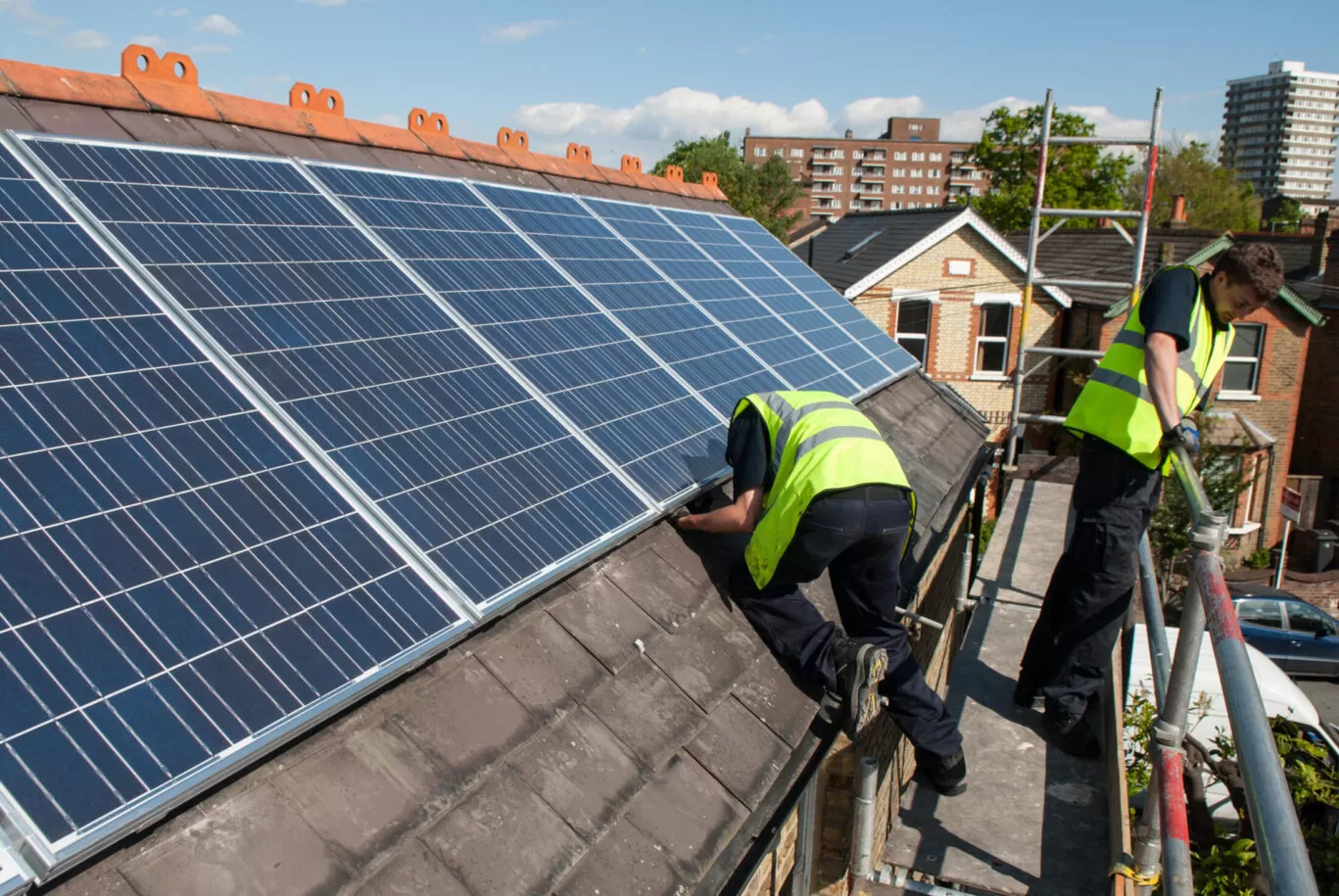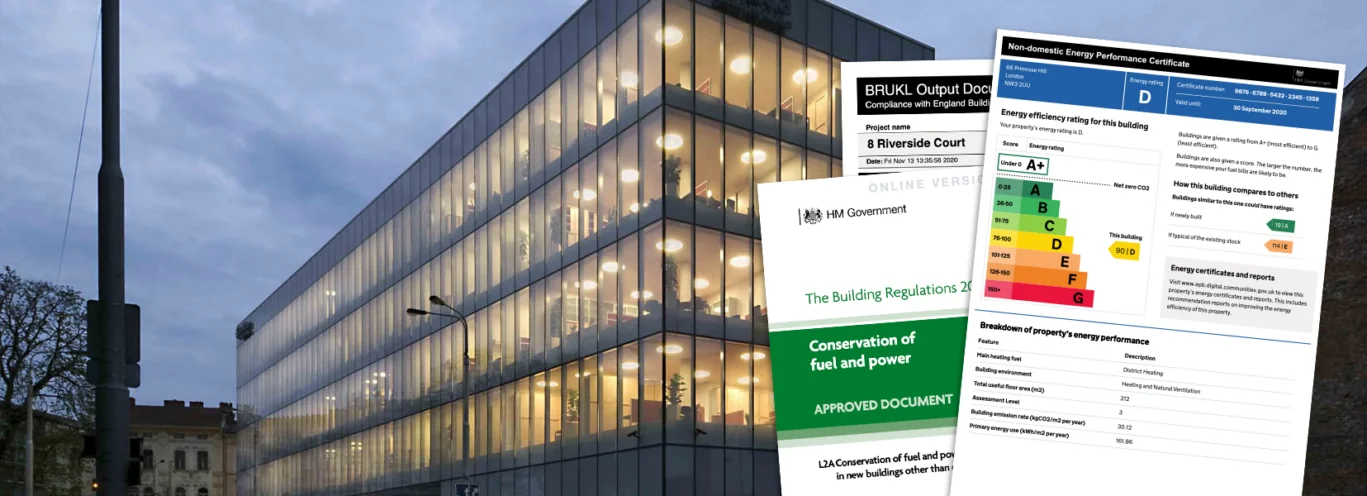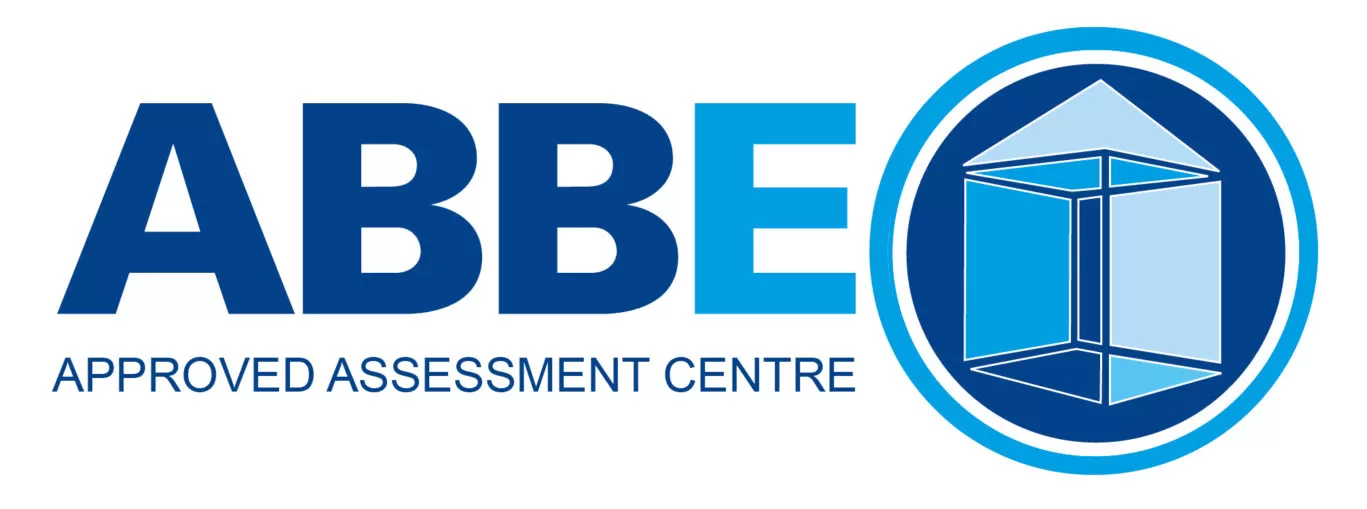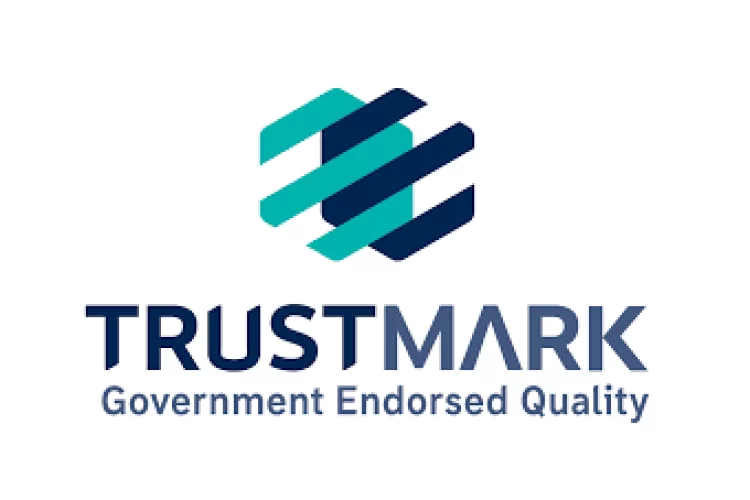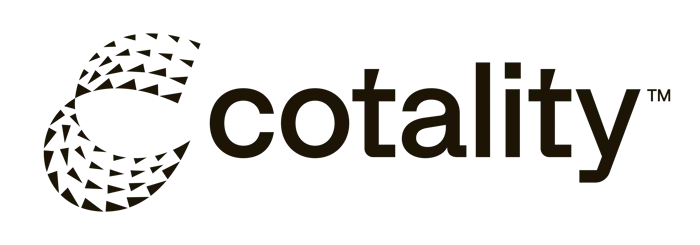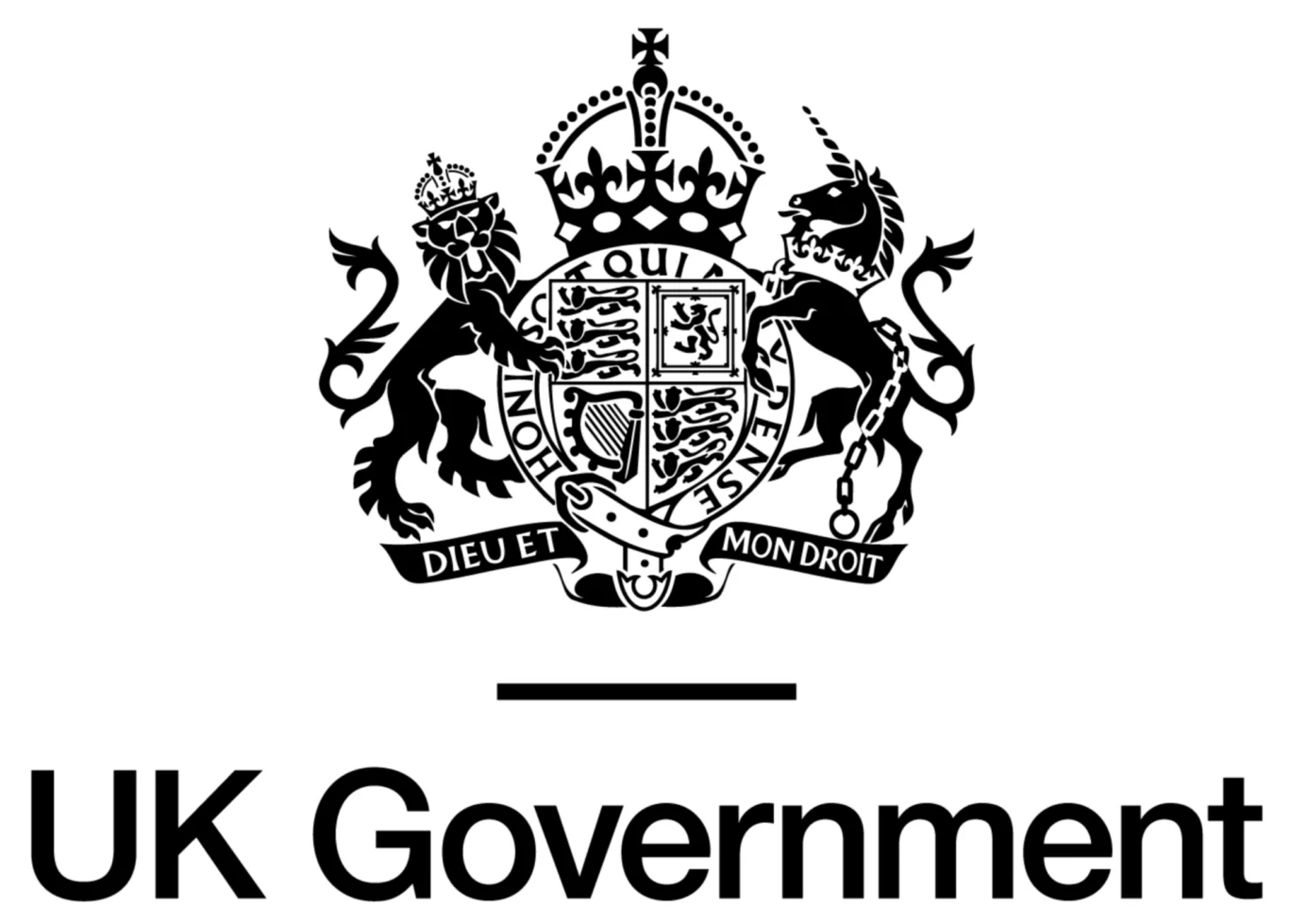On the 19th of February, the government released the ‘Household Energy Efficiency Statistics Headline Release’. This report reveals the impact of the Energy Company Obligation scheme, particularly during the last quarter of 2023.
Throughout the report, it specifies what kinds of measures have been installed, how many houses have benefitted, and the trends we can see within the ECO rollout. It has been designed to give energy professionals an idea of the landscape being cultivated by the government’s energy initiatives. As the country becomes evermore focused on energy efficiency, the data within this report will continue to affect Domestic Energy Assessors, Retrofit Assessors, Retrofit Coordinators and Landlords.
What Is Included in the Household Energy Efficiency Statistics Headline Release?
The document is split into the following sections:
- ECO Trends
- ECO Measures by Type
- ECO Household Characteristics
- ECO Regional
- ECO Costs
- Green Deal
- Benefits Monitoring
- Technical Information
- Further Information
Each section contains an extensive report of what the ECO scheme has been achieving throughout the country. The information is helpfully illustrated through various tables and charts. To help users get an overview of the information, every section begins with a few key headlines.

Key Headlines
ECO Trends
- 3.8 million improvements were put in place for 2.5 million homes through the ECO program.
- Since April 2022, 339,200 ECO3 Interim and ECO4 improvements have been made.
- In the last quarter of 2023 (October to December), about 87,800 improvements were made in approximately 20,700 homes. Among them, 16,200 homes received ECO improvements for the first time.
ECO Measure By Type
- Out of the 3.8 million improvements made through ECO, 57% were insulation and 43% were heating upgrades.
- In the last quarter of 2023 (October to December), the most common improvement category was ‘Other Heating,’ with 47,300 upgrades installed, mostly comprising heating controls.
- Roughly half of all ECO4 upgrades installed were heating controls.
ECO Household Characteristics
- Within ECO, approximately 81% of improvements were made in homes that primarily used gas as their fuel source (including cases where fuel type was unknown).
- Most of these improvements (around 71%) were done in houses.
- The predominant tenure type was owner-occupied, making up 70% of households participating in ECO
ECO Regional
- In the ECO program, about 18% of all improvements were carried out in the North West of England.
- So far, slightly over nine percent of households across Great Britain have received an ECO improvement.
ECO Costs
- The total ECO costs reported by suppliers (delivery and administrative) to the end of quarter 3 (July to September) 2023 were around £7.4 billion.
- The average cost of delivery under ECO4 is around £21.19 per £ annual bill savings, up to the end of quarter 3 2023
Green Deal
- There are a total of 13,867 Green Deal Plans.
- Around 34 per cent of plans were classified as ‘Completed’ at the end of January 2024.
- In the last three months (November 2023 – January 2024) 106 plans were completed.
It should be noted that the Green Deal was closed in 2015; it is no longer available to homeowners.
Benefits Monitoring
- Across ECO and GD schemes to the end of quarter 1 2022, the estimated lifetime carbon savings from these schemes is up to 60 MtCO2.
- The associated estimated energy savings of these measures was up to 224,400 GWh.
- Around 1.96 million Affordable Warmth ECO measures were installed up to the end of quarter 1 2022, which are estimated to deliver £19.3 billion worth of notional lifetime bill savings.
All of the information is subject to change under future review. But for now, this is an accurate snapshot of what the Energy Company Obligation is achieving.
If you would like to find out more, you can read the government’s full report here.

